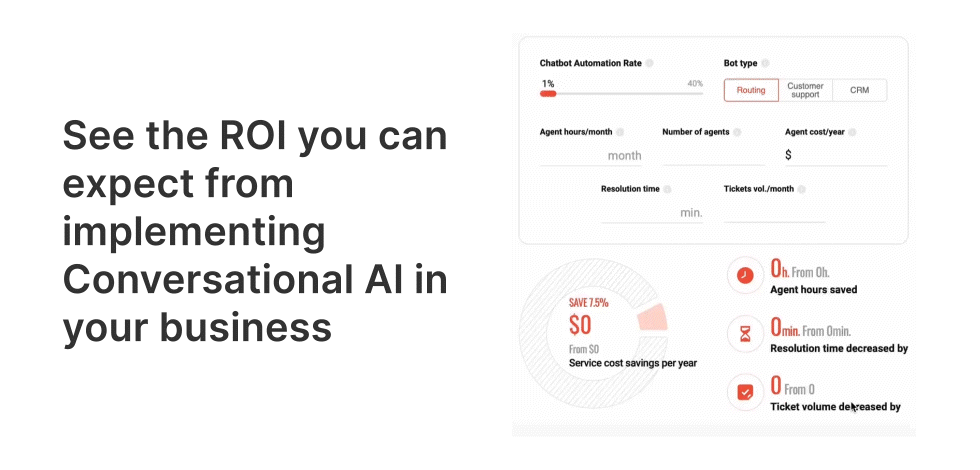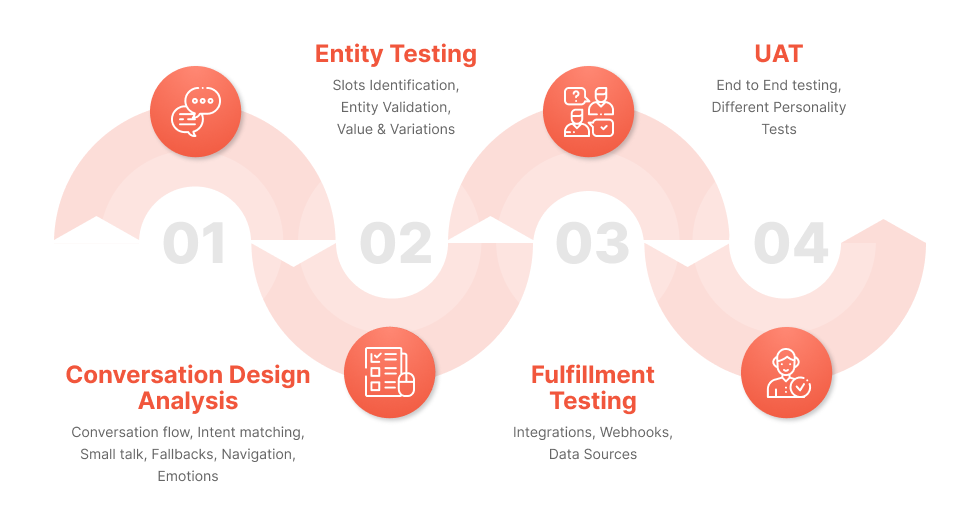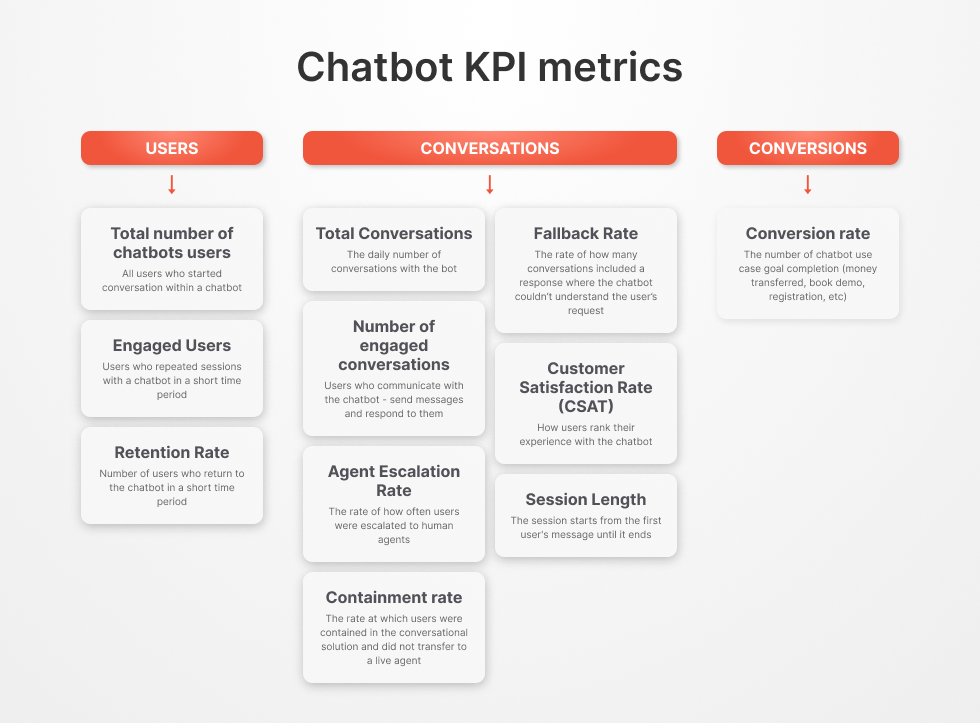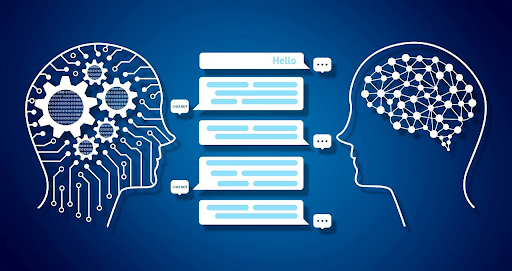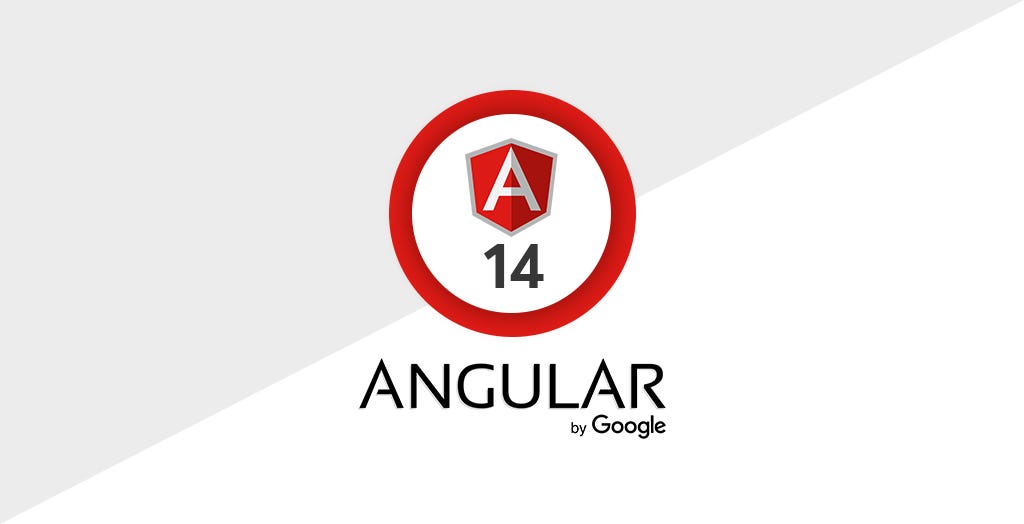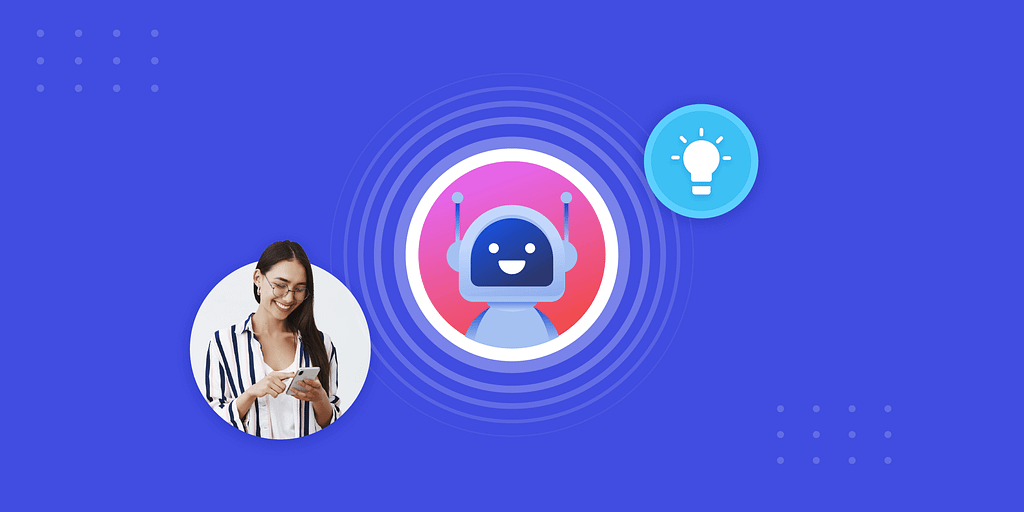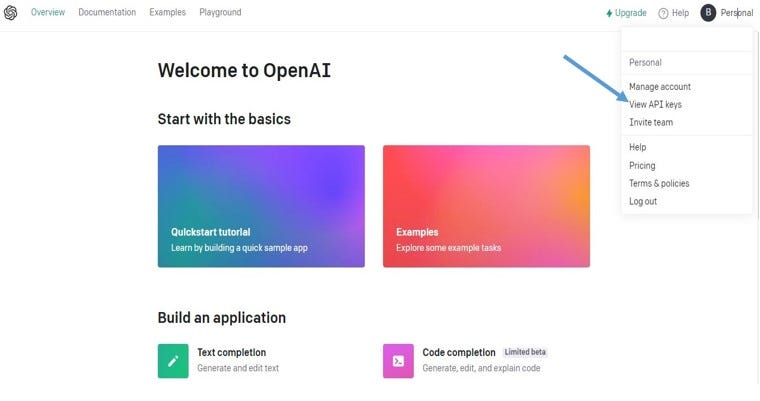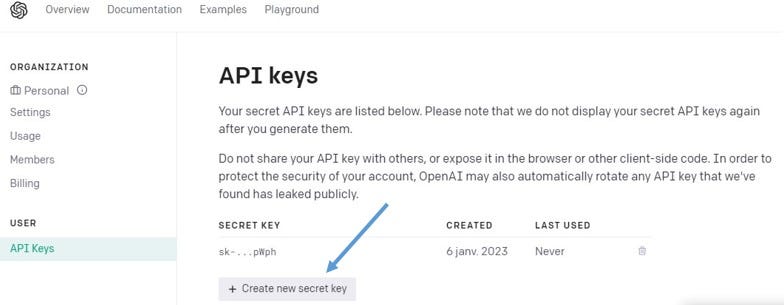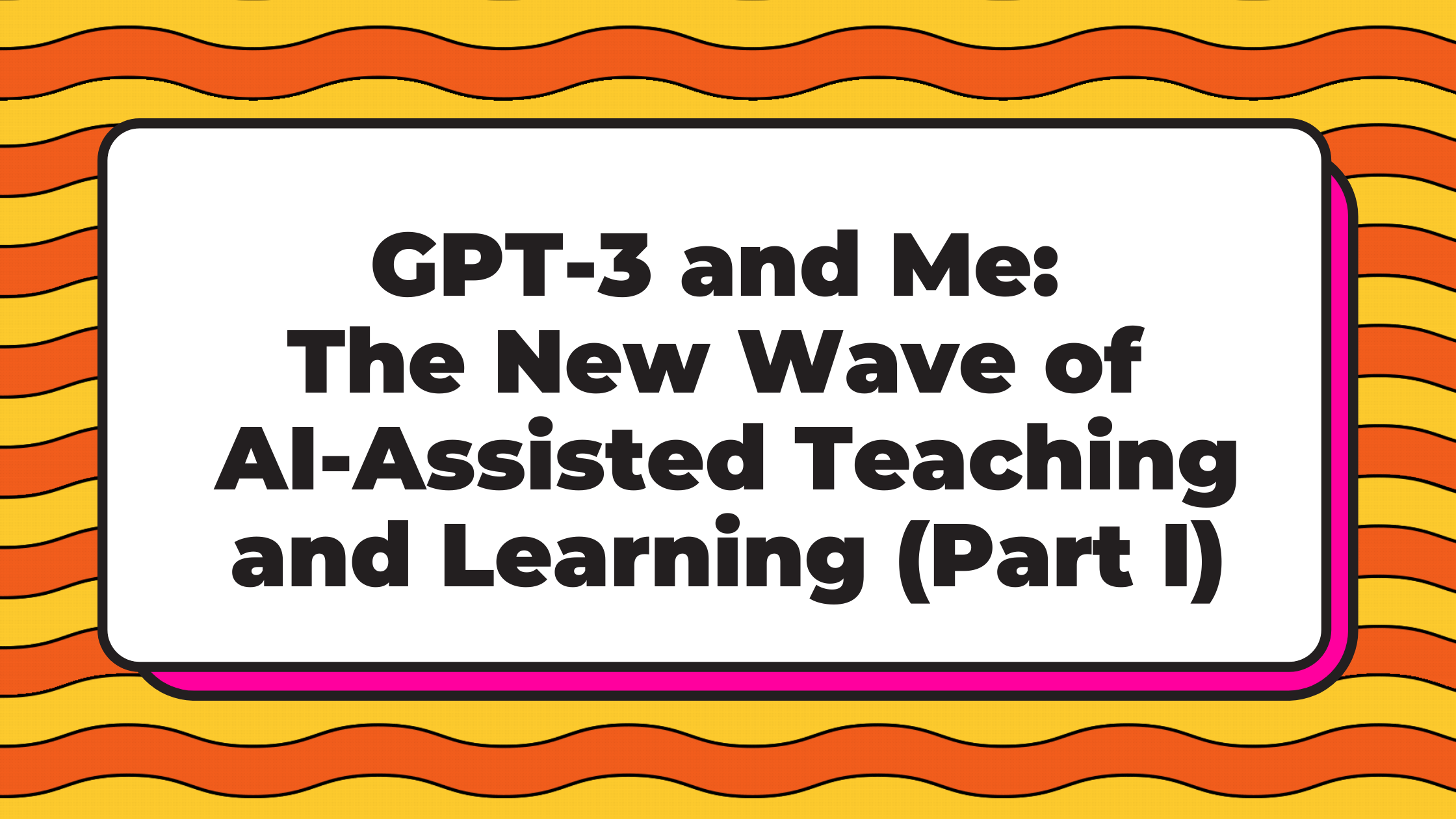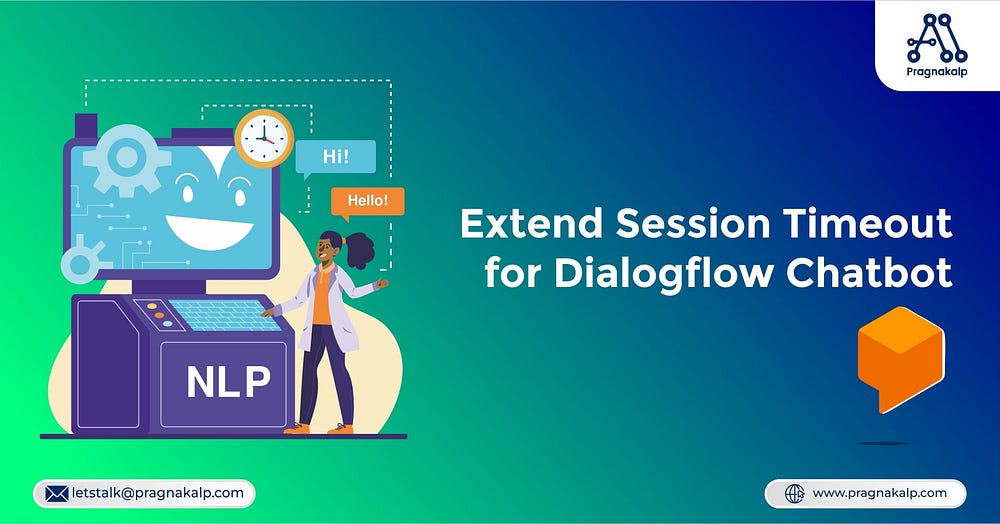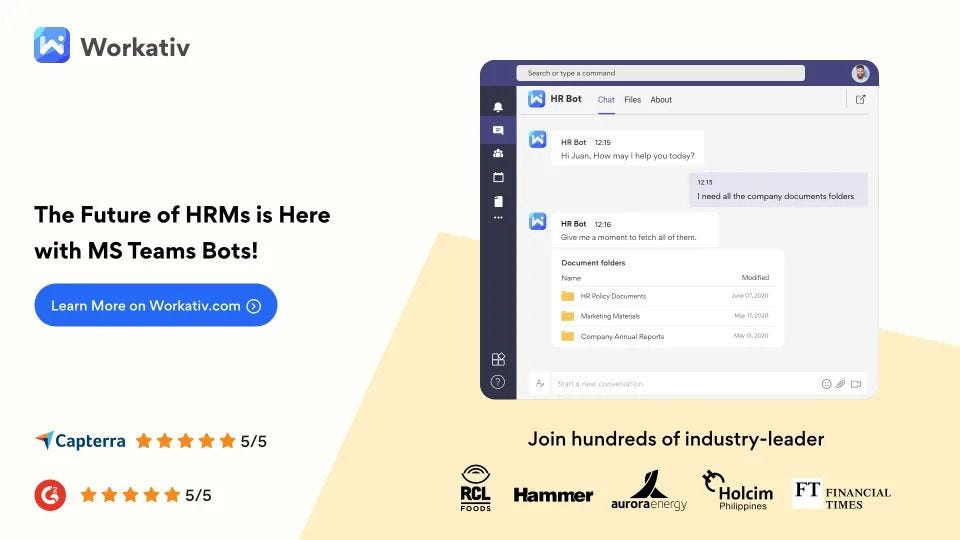
The HR department is a vital part of any company. It is responsible for hiring new employees, managing employee files, and ensuring all employees are treated fairly by following company policies. The HR department also oversees benefits and compensation programs and often develops training programs for employees.
In addition, the HR department is often responsible for
- Recruiting new employees
- Training staff
- Handling employee disputes
In short, the HR department is responsible for everything that has to do with employees, from hiring to firing. Therefore, the HR department must be well-organized and efficient. A small mistake in the HR department can lead to big problems for a company.
Employee engagement and productivity are continually being sought after by HR experts all over the world. As more businesses adopt a remote or hybrid working strategy, they face new challenges. Online communication systems like Slack and Microsoft Teams are critical in the ever-changing world of human resource management.
Microsoft Teams is one of the most extensively used organizational tools, thanks to its extensive set of functionality and communication options.
MS Teams is the best collaboration tool for remote and in-office professionals, thanks to Microsoft-developed apps and a wealth of third-party apps. It’s no surprise, then, that Microsoft Teams has been welcomed with open arms by businesses all across the world.
How are HR departments utilizing Teams right now?
HR teams frequently create new channels for particular tasks, programs, or conferences and connect the appropriate documents, notes, and software to them. For example, there could be a channel for reviewing policy, a channel for organizing business events and celebrations, and a distinct channel for recruiting.
HR departments often utilize company-wide channels to pass on vital information to the workforce. These include leave or vacation policy changes, corporate insurance data, promotions, etc. Instead of long email conversations which are frequently overlooked, channels are an efficient technique for delivering information fast. Updates from the corporate blog or website can also be transmitted straight to Teams channels. With remote teams scattered across multiple time zones, Microsoft Teams has proved to be a terrific tool to boost employee engagement.
Current challenges faced by the HR department
- Recruitment process
- Reduced Operational Efficiency
- Adapting to changes
- Effective functioning of remote work
- Creating a Positive Workplace Environment
- Change management
- Measuring HR effectiveness
- Employee training programs
- Retention of Employees
- Performance Evaluation
MS Teams Bots: Innovative Approaches for Innovative Workplaces
HR departments can use technology to assist them to cope with workplace transitions. Bots can automate mundane tasks the HR team performs, increasing their efficiency.
The benefits of utilizing conversational bots for HR teams are significant, particularly considering the constraints these teams face now.
MS Teams Bots can significantly aid teams in a variety of duties while also improving corporate performance. Optimized chatbots, on the other hand, guarantee that customers have a positive experience and are satisfied. A well-built bot can amplify productivity like no other tool in your business in multiple sectors like IT support, and service desk, and as an excellent tool for workplace support.
They can help with transitions and answer typical FAQs and questions about corporate rules and procedures, starting with the recruiting and onboarding processes. Employees can benefit from step-by-step instructions for their enrollments and obtaining information, statistics, or evaluations that can be forwarded to HR, analyzed, or polled.
What is the return on investment for MS Teams bots in the HR sector?
Bots are transforming the way HR departments work. Human resource management encompasses more than just the administrative and transactional functions of hiring, firing, and payroll administration. HR departments are now more than just that; they’ve evolved into strategic business partners, employee experience designers, brand builders, communicators, and change management accelerators, among other things.
As a result, many organizations have resorted to recruiting automation and artificial intelligence (AI) systems to help them manage their workforces more efficiently. MS Teams bots guarantee a high return on investment.
In comparison to an HR staff, they can automate repetitive operations in seconds rather than hours. They also automate HR-employee interactions via a variety of channels. If an employee needs assistance with a business policy or wants to apply for leave, they can request the bot and have it completed in minutes, saving both their and your time.
When workers request training or presentations, bots leverage the data obtained to make these activities more engaging and tailored, resulting in a superior user experience. Bots are very efficient since they work around the clock and do not take vacations. Employees can use these platforms at any time of day and are not restricted to working hours.
Benefits of MS Teams Bots in HRM
HR staff has a difficult task ahead of them. They’re the organization’s beating heart, keeping the blood moving and ensuring everything runs well. However, the majority of their time is spent dealing with regular, repetitive activities that can be handled by a bot for HR services instead. HR managers would then be free to spend their time keeping staff motivated and even tackle more significant concerns like employee happiness and minimizing employee turnover if an AI chatbot took care of these tedious chores.
While the HR staff deals with urgent situations, the HR chatbot can help team members communicate more efficiently. A bot can produce a document in seconds if an employee wants one. On the other hand, a manager would have to search for it, which may take several hours. The extra time spent looking for that document may create friction between the employee and the management, which is reduced by the bot and the stress of the manager facilitating a proactive engagement.
Let’s look 3 three common HRM use cases and how MS Teams Bots can benefit each of them:
- Recruitment
- Assistance to current workers
- Automation of HR tasks
No Code — Create Free MS Teams Chatbot — Get Started
Recruitment
Minimizes the time and cost of recruitment
Bots are becoming crucial in lowering recruitment and staff expenses by handling aspects like applicant screening and reducing the cost and time it takes to acquire a new employee. Since the bots have access to the firm knowledge base, they can immediately respond to candidate questions or process-related information, increasing accuracy and reducing overhead costs.
Improves the candidate’s experience
MS Teams bots allow recruiters to communicate with candidates instantly, 24 hours a day, 7 days a week, without taking time out of their day. Candidates have a favorable experience since they get continual help throughout their recruitment process. The candidate experience will undoubtedly improve if the business guarantees that the potential employee is handled with respect and that the necessary assistance is given to the applicants.
Enhance the onboarding process
The most excellent method for recruits to get to know one another and learn how to interact successfully is via a robust and well-planned onboarding process. The start of a great employee experience begins with a comprehensive onboarding program and induction activities for new workers. Using MS Team bots like HR chatbots, recruiters can handle onboarding more efficiently, even if it has to be done remotely.
Enhances the reputation of the organization
Investing in automation and chatbot applications is now seen as a progressive step that strengthens the entire company’s reputation. Using a recruitment or HR chatbot to connect with applicants boosts the overall brand image by notches. Chatbots respond to applicants’ questions regarding job training, vacant positions, and other issues, demonstrating how much the organization appreciates its future workers and improving the recruitment market perception.
Provides instant response
Knowing what your employees think is critical in every situation, whether it’s recruitment or employee activities. It’s almost hard to know how your applicants feel about the recruitment process after they’ve been hired, and it’s much more difficult to understand what every person in your company has to say.
Candidates and workers have discovered that using chatbots to provide feedback on any activity in the business is more comfortable. In addition, compared to providing forms for your employees to complete, gathering feedback becomes much simpler for HR directors. MS Team HR chatbots can simply obtain quick and impartial input.
Automates recruitment
HR experts can connect with the talent pool, match, screen, and schedule interviews for matching applicant profiles, payroll, and the right recruitment software using MS Teams HR chatbots. Administrative duties can be automated to save time and effort, allowing HR experts to concentrate on other areas that may need more attention.
Applicants of higher quality
Recruiting teams must maintain a high standard of candidate quality at all times. By addressing applicants’ questions and referring them to the correct spot on the recruitment site, bots make it simpler to persuade A-level talent to apply for job openings.
Smooth referral procedures
MS Teams HR bots can remind you of the vacant current positions and prompt you to refer others. With breakthroughs in AI and machine learning the potential are unlimited. There could come a day when HR chatbots reach out to workers, asking them to refer persons from their network who are regarded to be the perfect fit for a certain role.
Assistance to current workers
Makes it possible to work from anywhere
Remote employment became the new normal in the workplace when the whole globe acclimated to a new way of life as a result of COVID-19. Bots can connect with distant workers and assist them to work in a less stressful environment because of the 24/7 support they give via stored information.
Rapid customized employee support
Both job applicants and employees want rapid responses. On the other hand, HR will not be able to answer all queries promptly. MS Team bots are extremely useful in this situation! A potential applicant needs immediate answers about the organization and their application progress. With machine learning and natural language processing, bots can now respond quickly to a wide range of difficult queries through FAQs.
Concerns about employee confidentiality
HR discussions are prone to include sensitive and confidential information. HR departments should make an effort to ensure a safe environment for their workers. This can be done by allowing workers absolute control over their data. Any information exchanged with the bot remains with the bot, ensuring that no one else has access to this private information. MS Team bots are constantly active and highly tailored — enabling HR professionals to complete multiple complex tasks and competing objectives smoothly and efficiently
24 hours a day, 7 days a week
Human resources bots make human resources more accessible to workers. HR departments can now respond to typical questions in real time, with nearly no room for mistakes. Employees can ask the chatbot questions about standard policies, paid leave balances, corporate insurance plans, etc. Complex questions can be immediately delegated to personnel.
You are empowering your HR staff by having access to the finest HR bots, enabling them to act and answer only in critical situations. Bots are highly beneficial during the early stages of change management when companies are implementing organizational changes, which can lead to a large number of worker queries in a short period, which HR must answer immediately to prevent issues from escalating.
Strengthens company culture
Pushing employees to perform to their maximum ability while ensuring they’re motivated and happy is no trivial task for an HR manager. While there have been various technological projects to develop an uplifting work atmosphere, none have been as effective as a bot for human resources. An employee engagement bot may communicate with employees more often and may tailor interactions at a vast scale while being cost-effective. They can also be used to obtain information on employee satisfaction. When a manager sends out survey surveys, it’s tough for employees to be genuine with what they’re feeling. However, the anonymity of the chatbot provides for open communication and debate. If you see a lower score amongst certain teams, you can confront it and initiate measures to boost these figures accurately.
Competent coaching and mentoring
Investment in the career growth of any worker is the greatest ROI attempt for HR firms. MS Teams bots will design tailored learning and development plans for every individual. They do this by assessing worker competencies and providing courses and modules that workers can benefit from while suggesting mentors they can learn from.
Track leaves easily
Employees can utilize the HR chatbot to check their paid leave balance and monitor attendance. They can even apply for leave straight via the HR bot rather than going to the HR site and filling out a form. Employees’ lives are made easier since they may apply for leave immediately via applications like Slack, MS Teams, or WhatsApp, depending on where the HR chatbot is installed.
Automation of HR tasks
Assessment of yearly performance
Annual performance review is the most burdensome assignment for HRs. HR spends days and months conducting surveys, requesting workers to submit the questionnaire, issuing reminders, communicating, consolidating, and reviewing the performance assessment! Not only is the data inadequate most of the time, but the efficiency is also poor since the staff is busy with filling out these questionnaires and forms! This is where HR chatbots can assist!
They may gather exact data from workers, saving time and eventually resulting in greater workforce productivity and a pleased HR staff!
Developing more operational efficiencies using real-time statistics
An MS Teams bot can be utilized for more than simply addressing employee queries. They can collect staff data to make educated choices and build more efficient procedures. For example, a chatbot could gather real-time information to identify what type of queries workers often ask. With this information, HR can assess what’s going wrong and take the required actions to remedy the situation!
Goal tracking
HR departments can utilize MS Teams bots to monitor goal accomplishment for teams and individual workers. This can be particularly handy for performance reviews.
Effective engagement of employees
Employee Engagement is a top priority for HR. Employee engagement is the workplace that aims to enhance an employee’s view of the organization and invest genuine interest in the organizational objectives. HR teams work hard to create a positive work environment to enhance engagement and improve the employee experience. MS Teams Chatbots play a great role here by providing unending support and attending to employee issues at the earliest.
Simplify your HRM with Workativ
MS Team bots can aid HR and IT departments by decreasing the strain on these overburdened staff. However, the finest bots must deliver more than answers to FAQs. They must also provide solutions that ensure flexibility, customization, and quick implementation. You need a reliable bot that can do all this effectively and efficiently.
Workativ is a one-stop solution for all your needs. Start your journey of HRM transformation today.
This blog was initially published here.
MS Teams Bots: The Future of HRMS (Ultimate guide -2023) was originally published in Chatbots Life on Medium, where people are continuing the conversation by highlighting and responding to this story.

